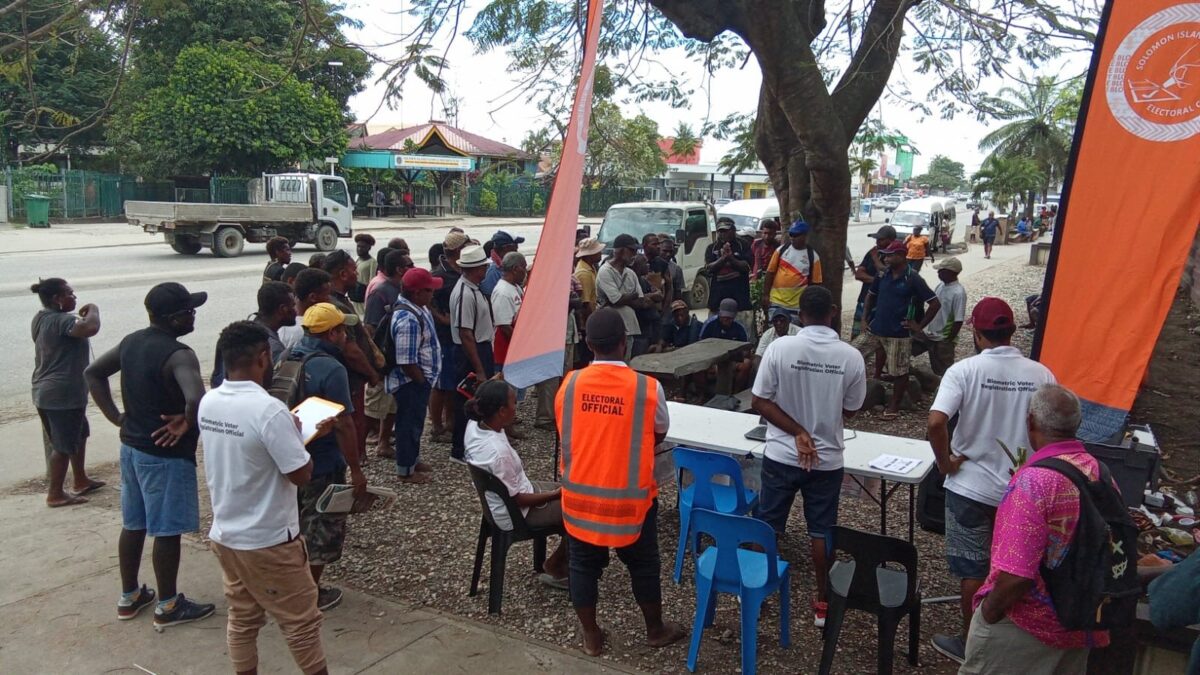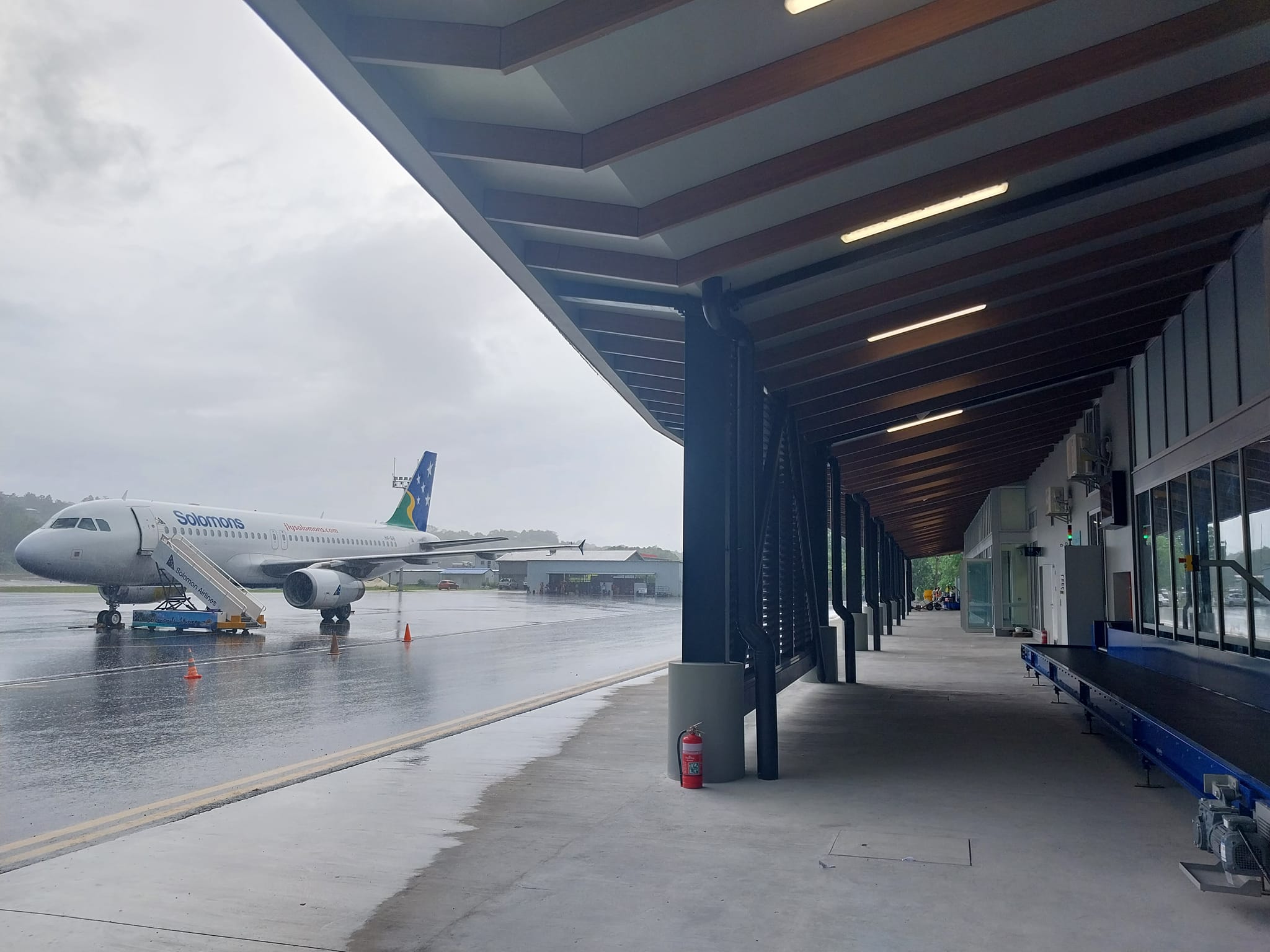Addressing transport challenges in the pursuit of fair Elections
IN any thriving democracy, the process of voter registration is not just a mere formality but a crucial cornerstone of the electoral system. It ensures that only eligible citizens have the right to cast their votes, thus upholding the sanctity of the democratic process. In recent times, a shift has occurred in voter registration procedures, with a commendable emphasis on preventing cross-border registrations. However, as we applaud these efforts, it is essential to also address the transport challenges that have arisen in the wake of these changes.
Voter registration is a fundamental component of a functioning democracy. It allows citizens to participate in choosing their leaders, thereby determining the direction of their country. While there have been concerns about the potential for fraudulent voter registrations, the measures put in place to mitigate this risk have shown some promise.
One of the most significant achievements in the current voter registration process is its ability to curb cross-border registrations. In the past, individuals could easily register in multiple locations, creating opportunities for electoral fraud. With the introduction of more stringent verification procedures and digitization of voter records, such fraudulent practices have become increasingly difficult. This development is undoubtedly a step in the right direction to uphold the integrity of the electoral system.
However, the pursuit of security should not overshadow the importance of accessibility. Recent changes to voter registration procedures, while effective in ensuring the legitimacy of voters, have also posed significant challenges, particularly in terms of transportation. Many eligible voters, especially those living in remote or rural areas, are finding it increasingly difficult to access registration centers. This presents a paradox: while we seek to eliminate fraudulent registrations, we must also ensure that legitimate citizens are not disenfranchised due to logistical hurdles.
Transportation issues related to voter registration deserve careful consideration. The long distances that some voters must travel to reach registration centers can discourage participation, particularly among vulnerable and marginalized communities. This not only undermines the principles of inclusivity and equality but also perpetuates disparities in political representation.
To address this challenge, there are several potential solutions that can be explored. First and foremost, the government and relevant authorities should invest in infrastructure to improve transportation to and from registration centers, especially in remote areas. This could include the establishment of mobile registration units that travel to underserved communities or the provision of subsidies for transportation to registration centers.
Additionally, the adoption of technology can play a pivotal role in making voter registration more accessible. The introduction of online registration options, as well as the expansion of registration hours, could alleviate some of the transportation issues faced by voters. These measures can enable citizens to register without the need for extensive travel and can significantly enhance the overall efficiency of the registration process.
In conclusion, while the current voter registration system has made commendable strides in preventing cross-border registrations, it is imperative that we strike a balance between security and accessibility. The transportation challenges facing many eligible voters should not be underestimated, as they have the potential to undermine the very essence of democracy. As we continue to refine our electoral processes, it is essential that we remain vigilant in ensuring that every eligible citizen can exercise their right to vote without undue obstacles. Only then can we truly claim to have a democracy that represents the will of all its people.














